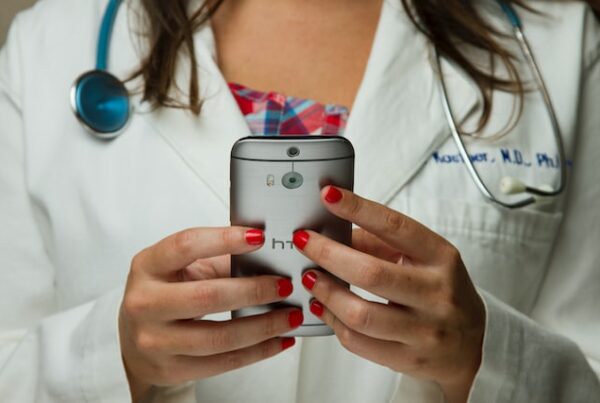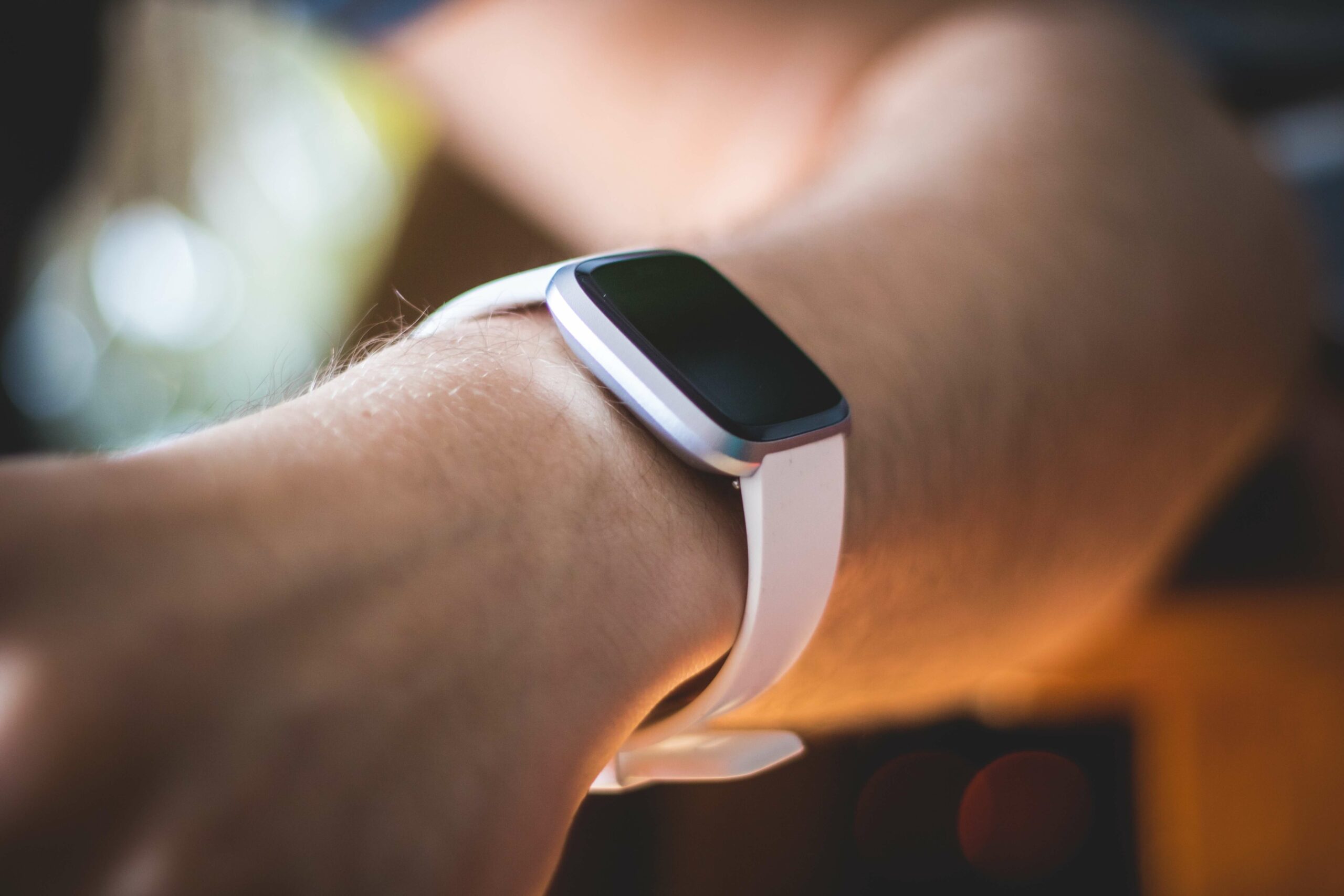Text messages can greatly improve clinical research on multiple levels, according to Applied Clinical Trials. Study outcomes show that text messages enhance patient behavioral outcomes, increase the likelihood of patients showing up to appointments on time, improve medication adherence, and boost subject enrollment. The benefits of text messaging are clear. So, how can you get the most out of text messaging in clinical research? We have five tips to help:
1. Start simply
Less is more when you start utilizing text messages in your clinical trials. There are a ton of uses for text messages, but you don’t need to do all of them! Start with one to three text message uses at your organization until the team is comfortable. Later, you can add functionality when everyone understands how texting benefits their workload.
2. Stay professional: U don’t nd 2 txtspeak
Brevity is one of the best text messaging features, but it’s not always necessary. Trying too hard to be brief by using “text speak” can come across the wrong way. Shortening or abbreviating many of the words in your text often seems unprofessional. Text messages allow 160 characters, but depending on the vendor you’re using, you should be able to send messages over 160 characters over several messages, enabling you to type normally and get your point across.
3. Work with your vendor before IRB submission
The “hurry up and wait” element of clinical research is something we all have to deal with. However, if you’re ahead of the curve, you can speed up your process by working with your vendor ahead of time to ensure a smooth transition for submitting your text messaging plans to the IRB. Tips and guidance on phrasing, getting proper documentation ready, or even establishing messaging templates can help you be prepared. Even though we’ve all been texting for nearly a decade, the medium is still somewhat new in clinical research, so there may be a few people who need more convincing than others. Having documentation lined up ahead of time can go a long way. Lean on your vendor for any assistance, since they should have experience in helping others with the process. Hence, our next tip…
4a. Choose a vendor with knowledge of clinical research, part 1
Our reason for including this is selfish: we’ve had too many clients come to us after working with a general text messaging company. These general companies focus on several industries, keeping their expertise too broad and wasting time and money. They then get to a point where they can go no further; budget spent and the clock ticking, these companies try to make things work and need a fast fix. This mediocre work can sour people on using text messaging in research, and it’s unnecessary. There are hundreds of text messaging companies on the Internet. When selecting vendors, if they don’t have industry-specific experience in research, it doesn’t matter how cheap the solution is – it’s not worth it.
4b. Choose a vendor with knowledge of clinical research, part 2
General text messaging companies likely do not have your privacy and data security requirements covered (HIPAA hosting, willingness to sign BAAs, etc). Additionally, they don’t understand the workflow process of your staff and how research studies work. They may be able to send and receive a text message (two-way), but each research study is different. Lack of ability to secure data and meet study-specific needs will waste your team’s valuable time. If you’re having to manually execute certain tasks to achieve study protocol goals, the money you save going with XYZ Texting may not add up to be the cost savings you were hoping for.
5. Remember reporting!
Even if you’re not using SMS surveys as a data collection method, text messaging is the perfect engagement technology when communicating with study participants. At the soonest possible time, try to think of any additional data points that you may want in your reporting. Then, set up a plan to use text messaging to record this report data. You can always go back in and take a look, but during the budgeting process, it’s easier to note any additional points at the beginning and make sure they can be seen and exported.
Along these lines, make sure the data in your text messaging software can be exported easily (in real time by your research staff, if possible)! This is very important. No easy access to the data means more work (or money) spent to get to it. Make your reports data-rich and easy at the start of your research trial.
With so many benefits to text messaging in clinical research, it’s time to start implementing text messaging at your organization. These tips will give you a leg up as you start your text messaging journey so that you can get the most out of this every day, effective technology.
—
Want to learn more? Join the Patient Recruitment and Retention (PR+R) Group on LinkedIn!
Get instant pricing for our text messaging solutions for research now.








